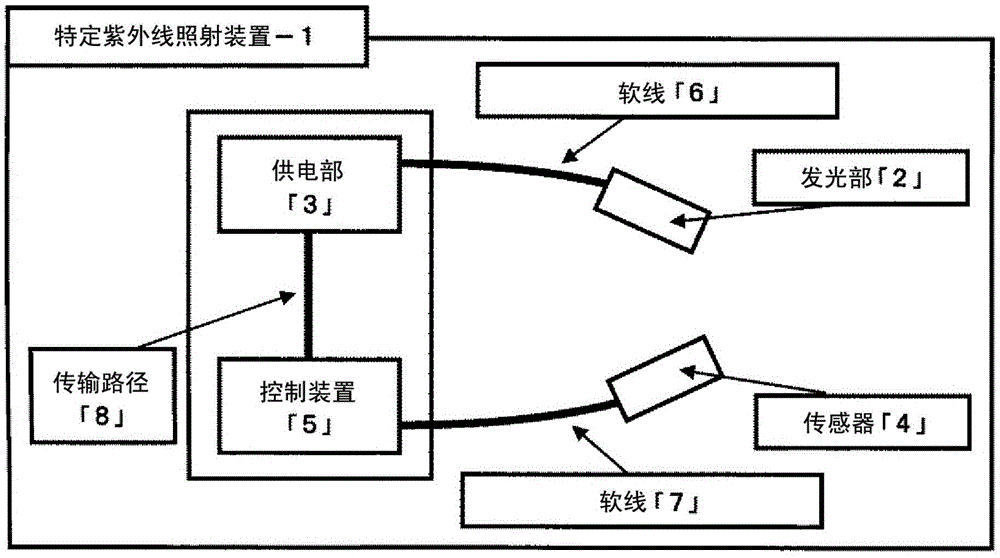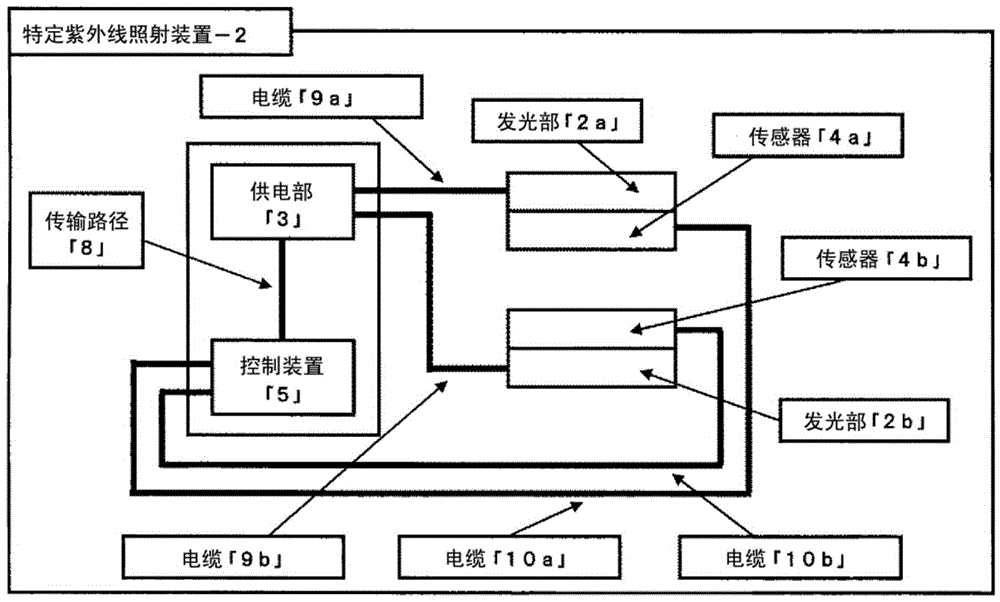Liquid crystal display element
A liquid crystal and element technology, applied in the field of transmission scattering liquid crystal display elements, can solve the problems of inability to obtain optical properties, difficult to control ultraviolet intensity, wavelength and temperature, inability to control size and shape, etc.
- Summary
- Abstract
- Description
- Claims
- Application Information
AI Technical Summary
Problems solved by technology
Method used
Image
Examples
Embodiment
[0392] Although an Example is given below and this invention is demonstrated in more detail, it is not limited to these. The abbreviations used below are as follows.
[0393] (liquid crystal)
[0394] L1: MLC-6608 (manufactured by MERCK CORPORATION)
[0395] (polymeric compound)
[0396] R1 to R3: use the compounds represented by the following formulas, respectively.
[0397] R4: Phenyl glycidyl ether acrylate toluene diisocyanate urethane prepolymer (a polymerizable compound mainly composed of a compound represented by the following formula [R4])
[0398]
[0399] (photoinitiator)
[0400]
[0401] (compound)
[0402] S1: Tetraphenyldipropylene glycol diphosphate
[0403]
[0404] (specific side chain type diamine compound)
[0405] A1: 1,3-diamino-4-[4-(trans-4-n-heptylcyclohexyl)phenoxymethyl]benzene
[0406] A2: 1,3-diamino-4-{4-[trans-4-(trans-4-n-pentylcyclohexyl)cyclohexyl]phenoxy}benzene
[0407] A3: Diamine compound represented by the following formul...
Synthetic example 1
[0451] Mix C2 (3.19g, 12.8mmol), A1 (4.59g, 11.6mmol) and B2 (2.16g, 14.2mmol) in NMP (24.9g), react at 80°C for 5 hours, add C1 (2.50g, 12.8 mmol) and NMP (12.4 g) were reacted at 40°C for 8 hours to obtain a polyamic acid solution having a resin solid content concentration of 25% by mass.
[0452] After adding NMP to the obtained polyamic-acid solution (30.0g) and diluting to 6 mass %, acetic anhydride (3.85g) and pyridine (2.40g) were added as an imidization catalyst, and it was made to react at 50 degreeC for 2 hours. This reaction solution was poured into methanol (460 ml), and the obtained precipitate was collected by filtration. This deposit was wash|cleaned with methanol, it dried under reduced pressure at 100 degreeC, and obtained the polyimide powder (1). The imidization rate of this polyimide was 56%, Mn (number average molecular weight) was 19,200, and Mw (weight average molecular weight) was 56,900.
Synthetic example 2
[0454] Mix C2 (1.12g, 4.46mmol), A2 (3.91g, 9.04mmol), B2 (1.72g, 11.3mmol) and B3 (0.46g, 2.26mmol) in NEP (21.4g) and react at 80°C for 5 hours Then, C1 (3.50g, 17.9mmol) and NEP (10.7g) were added, it was made to react at 40 degreeC for 6 hours, and the polyamic-acid solution (2) whose resin solid content concentration was 25 mass % was obtained. Mn of this polyamic acid was 20,900, and Mw was 63,900.
PUM
| Property | Measurement | Unit |
|---|---|---|
| thickness | aaaaa | aaaaa |
| phase transition temperature | aaaaa | aaaaa |
| thickness | aaaaa | aaaaa |
Abstract
Description
Claims
Application Information
 Login to View More
Login to View More - R&D
- Intellectual Property
- Life Sciences
- Materials
- Tech Scout
- Unparalleled Data Quality
- Higher Quality Content
- 60% Fewer Hallucinations
Browse by: Latest US Patents, China's latest patents, Technical Efficacy Thesaurus, Application Domain, Technology Topic, Popular Technical Reports.
© 2025 PatSnap. All rights reserved.Legal|Privacy policy|Modern Slavery Act Transparency Statement|Sitemap|About US| Contact US: help@patsnap.com



